
On this day, Italy attacks the British fleet at Suda
Bay, Crete, using detachable warheads to sink a British cruiser. This
was the first time manned torpedoes had been employed in naval warfare,
adding a new weapon to the world's navies' arsenals.


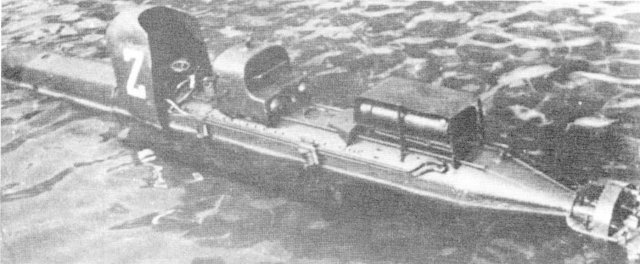

The manned torpedo, also known as the "Chariot," was unique. Primarily used to attack enemy ships still in harbor, the Chariots needed "pilots" to "drive" them to their targets. Sitting astride the torpedo on a vehicle that would transport them both, the pilot would guide the missile as close to the target as possible, then ride the vehicle back, usually to a submarine. The Chariot was an enormous advantage; before its development, the closest weapon to the Chariot was the Japanese Kaiten--a human torpedo, or suicide bomb, which had obvious drawbacks.




The first successful use of the Chariot was by the Italian navy, although they referred to their version as Maiali, or "Pigs." On March 26, six Italian motorboats, commanded by Italian naval commander Lt. Luigi Faggioni, entered Suda Bay in Crete and planted their Maiali along a British convoy in harbor there. The cruiser York was so severely damaged by the blast that it had to be beached.



The manned torpedo proved to be the most effective weapon in the Italian naval arsenal, used successfully against the British again in December 1941 at Alexandria, Egypt. Italian torpedoes sank the British battleships Queen Elizabeth and Valiant, as well as one tanker. They were also used against merchant ships at Gibraltar and elsewhere.
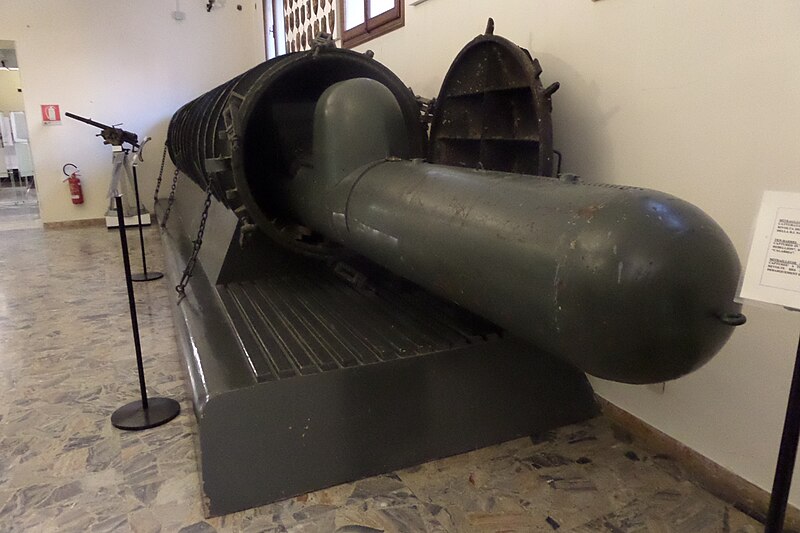
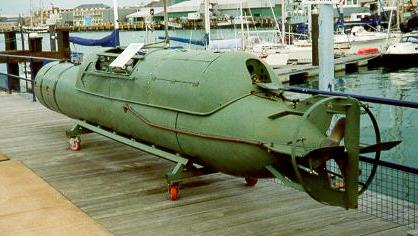

The British avenged themselves against the Italians, though, by sinking the new Italian cruiser Ulpio Traiano in the port of Palermo, Sicily, in early January 1943. An 8,500-ton ocean liner was also damaged in the same attack.
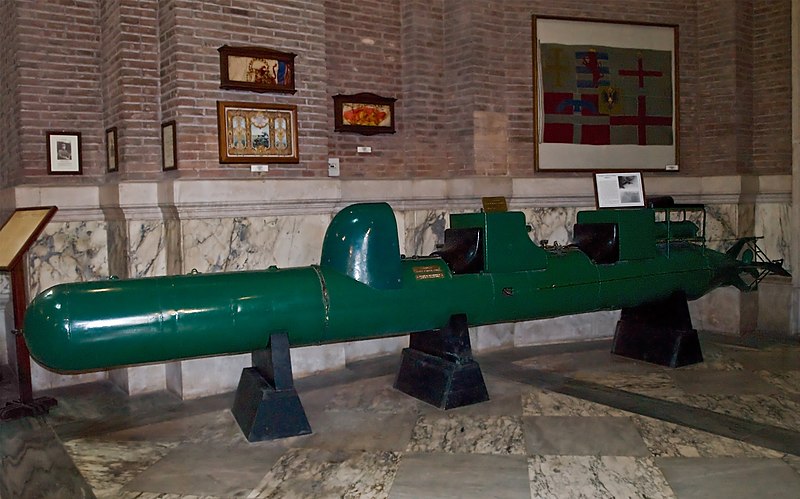
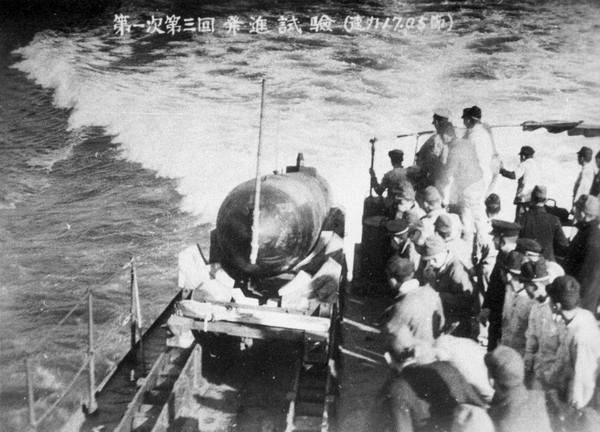

After the Italian surrender, Britain, and later Germany, continued to use the manned torpedo. In fact, Germany succeeded in sinking two British minesweepers off Normandy Beach in July 1944, using their Neger torpedoes.




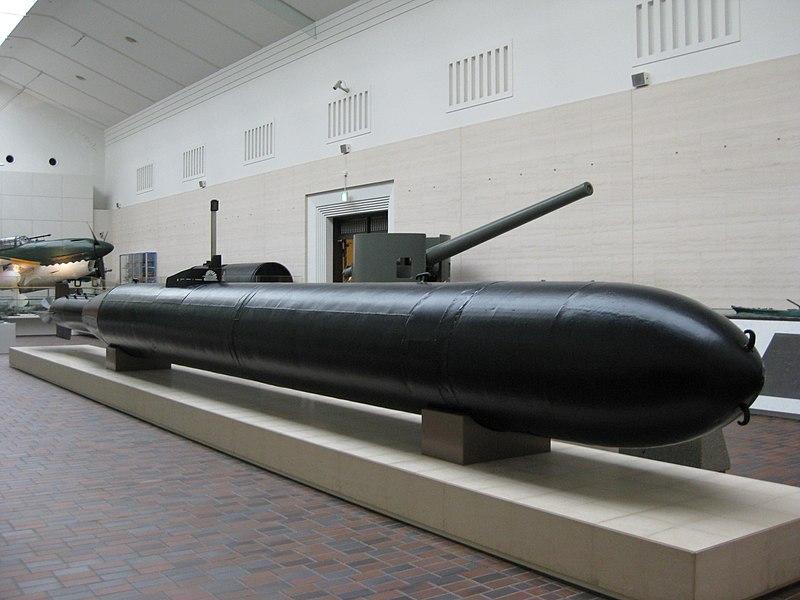
Taken from: http://www.history.com/this-day-in-history/naval-warfare-gets-new-weapon [26.03.2014]




The manned torpedo, also known as the "Chariot," was unique. Primarily used to attack enemy ships still in harbor, the Chariots needed "pilots" to "drive" them to their targets. Sitting astride the torpedo on a vehicle that would transport them both, the pilot would guide the missile as close to the target as possible, then ride the vehicle back, usually to a submarine. The Chariot was an enormous advantage; before its development, the closest weapon to the Chariot was the Japanese Kaiten--a human torpedo, or suicide bomb, which had obvious drawbacks.




The first successful use of the Chariot was by the Italian navy, although they referred to their version as Maiali, or "Pigs." On March 26, six Italian motorboats, commanded by Italian naval commander Lt. Luigi Faggioni, entered Suda Bay in Crete and planted their Maiali along a British convoy in harbor there. The cruiser York was so severely damaged by the blast that it had to be beached.



The manned torpedo proved to be the most effective weapon in the Italian naval arsenal, used successfully against the British again in December 1941 at Alexandria, Egypt. Italian torpedoes sank the British battleships Queen Elizabeth and Valiant, as well as one tanker. They were also used against merchant ships at Gibraltar and elsewhere.



The British avenged themselves against the Italians, though, by sinking the new Italian cruiser Ulpio Traiano in the port of Palermo, Sicily, in early January 1943. An 8,500-ton ocean liner was also damaged in the same attack.



After the Italian surrender, Britain, and later Germany, continued to use the manned torpedo. In fact, Germany succeeded in sinking two British minesweepers off Normandy Beach in July 1944, using their Neger torpedoes.





Taken from: http://www.history.com/this-day-in-history/naval-warfare-gets-new-weapon [26.03.2014]

No comments:
Post a Comment